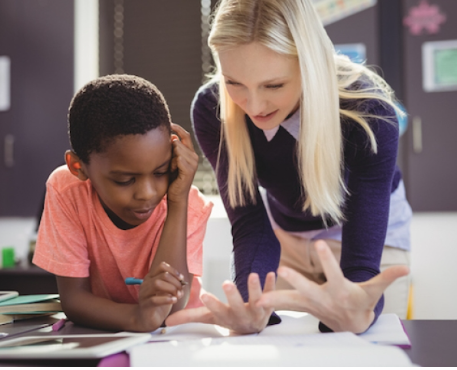Starting a teaching career is both exciting and challenging. For new educators, navigating classroom management, curriculum planning, and student engagement can feel overwhelming. Introducing personalized learning strategies early in their journey can empower new teachers to meet diverse learner needs, build confidence, and foster student-centered environments. Here’s how schools and mentors can support novice teachers with effective, adaptable personalized learning techniques.
1. Introduce the Core Concepts of Personalized Learning
Begin by helping new teachers understand the principles of personalized learning: student voice, choice, pacing, and differentiation. Provide clear examples of how these elements can appear in day-to-day instruction. Concrete models help demystify the approach and reduce anxiety about implementation.
2. Provide Ready-to-Use Tools and Templates
Equip new teachers with practical resources like learning menus, goal-setting sheets, and sample lesson plans that incorporate student choice. Having ready-made materials allows them to experiment with personalization while building confidence. Encourage gradual integration—starting small and expanding as they gain experience.
3. Offer Ongoing Coaching and Mentorship
Pair new teachers with mentors who are familiar with personalized learning. These experienced educators can model best practices, co-plan lessons, and provide timely feedback. Regular coaching conversations focused on classroom observations and reflective dialogue are vital for growth.
4. Encourage Classroom Routines that Support Personalization
Teach new educators how to establish routines that allow for flexible grouping, student reflection, and goal tracking. These routines make it easier to manage a classroom where students may be working on different tasks at different times.
5. Showcase Examples from Similar Classrooms
Highlight success stories from early-career teachers who are already using personalized strategies effectively. Videos, blogs, or peer-led workshops can offer relatable inspiration and show that personalization is possible in a variety of contexts.
6. Integrate Student Feedback into Planning
Support new teachers in gathering and using student feedback to shape instruction. Simple check-ins, exit tickets, or reflection prompts help educators understand what students need and how to adjust their approach accordingly. Teaching the value of listening to learners strengthens the foundation of a personalized classroom.
7. Create a Culture of Experimentation and Reflection
Encourage new teachers to try different strategies, reflect on outcomes, and adjust without fear of failure. Personalized learning thrives in environments where innovation and reflection are part of the norm. Administrators and mentors should reinforce that trial and error is a key part of growth.
Conclusion
Supporting new teachers with personalized learning strategies equips them with adaptable tools to meet student needs and build inclusive classrooms. With guidance, mentorship, and practical resources, these educators can lay the groundwork for teaching practices that are learner-focused, responsive, and sustainable. Helping them start strong not only benefits their professional development but also enhances the learning experience for every student they serve.














